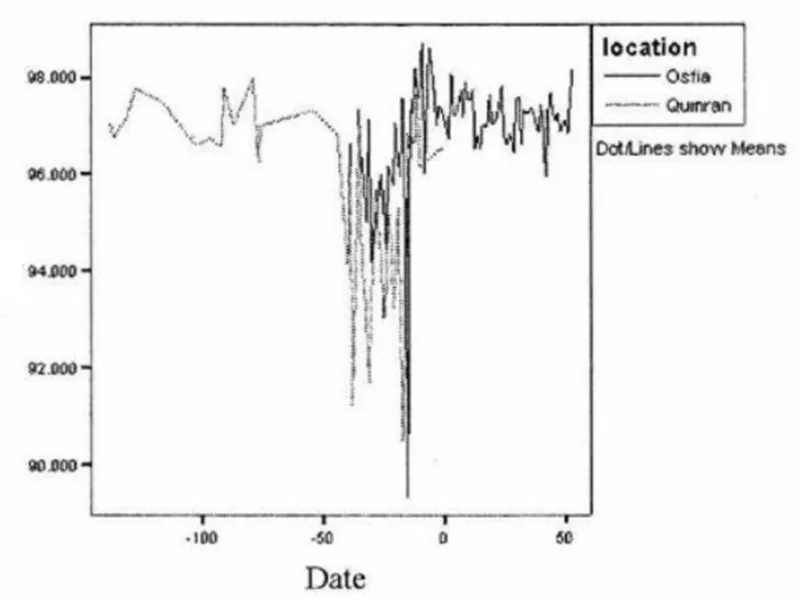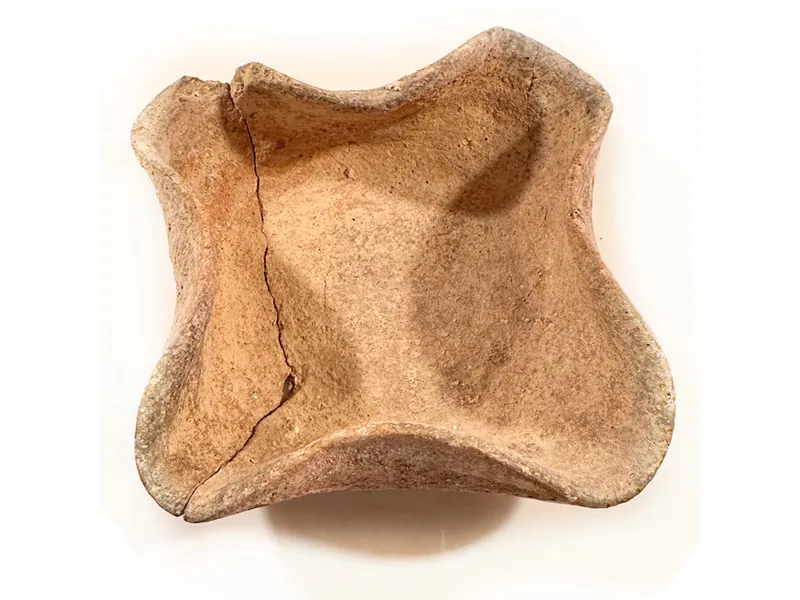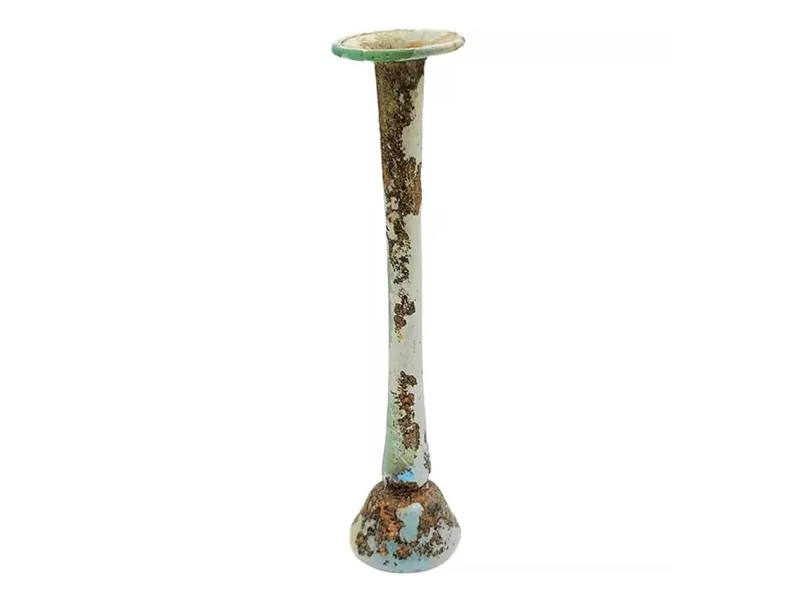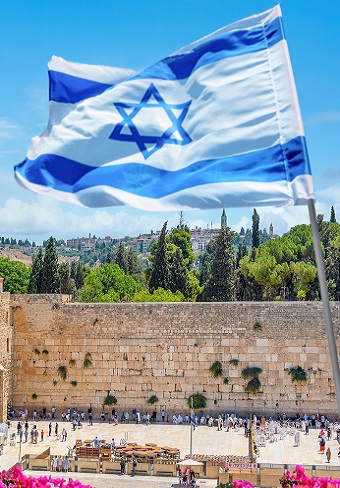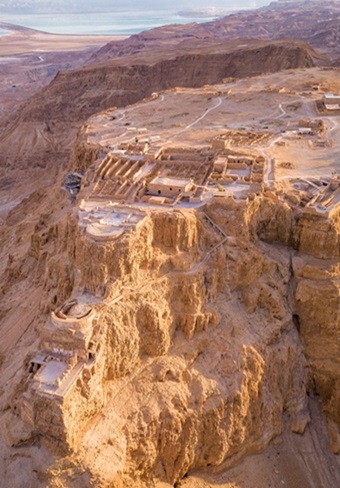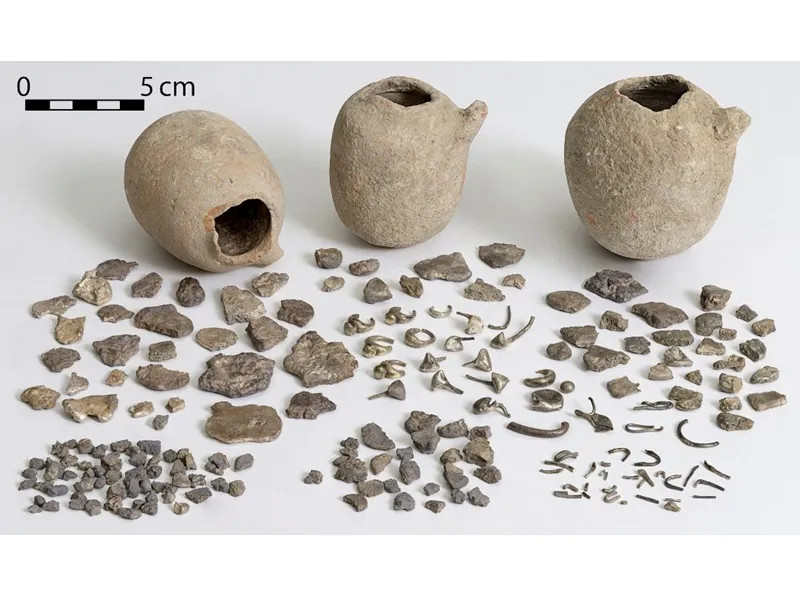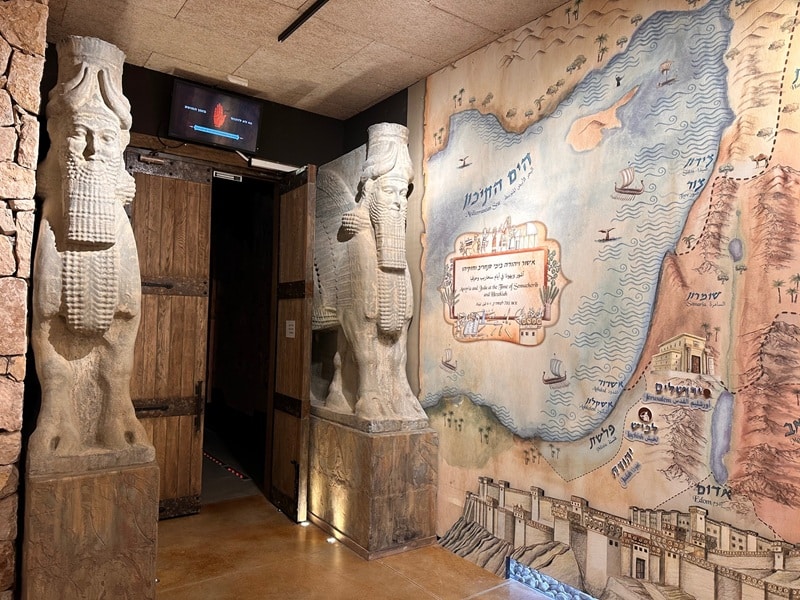Why Did the Priests in Jerusalem Favor the Tyrian Shekel? The Metallurgical Testimony
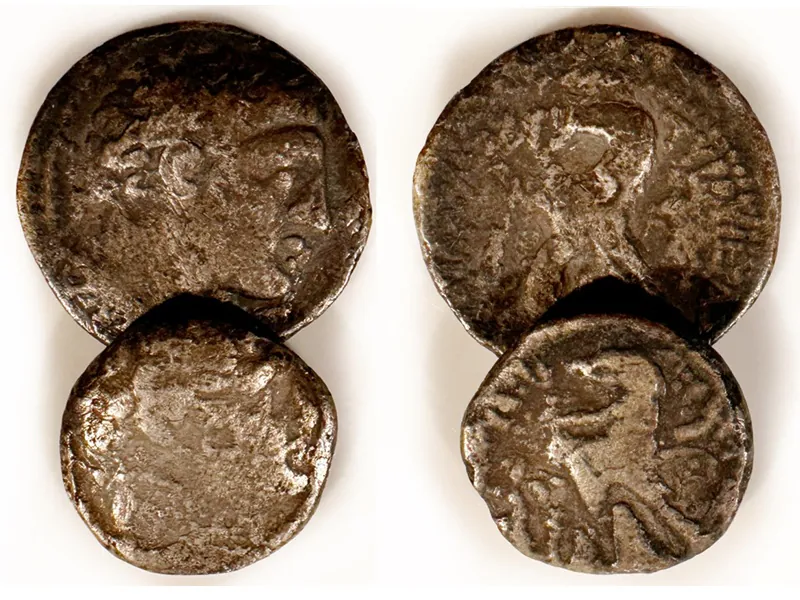
A crude Tyrian Shekel and half Shekel, worn off from several decades of use. (c) Danny Herman
The Tyrian shekel stands as one of the most significant coins of the ancient Mediterranean world, minted in the Phoenician city of Tyre, today’s Lebanon. This silver coin also played an important religious role in Judea, between the First century BCE and up to 66 CE.
The coin’s design was distinctive and unique. The obverse featured the image of Melqart, the chief deity of Tyre, who was often equated with the Greek hero Hercules. This powerful figure represented both the city’s religious traditions and strength. The reverse side displayed an eagle perched proudly on a ship’s prow, further emphasizing Tyre’s identity as powerful, and a maritime trading center.
The Tyrian Shekel and the Temple in Jerusalem
Perhaps the most fascinating aspect of the Tyrian shekel was its special role in Jewish religious practice. The Jerusalem Temple authorities specifically required this coin for the payment of the annual Temple tax. Every adult male Jew was required to pay half a shekel annually to the Temple, making these coins essential to Jewish religious life.
But why did they not accept other types of coins? Or other currencies? Was it a desire to maintain independence from Roman authority by avoiding the Roman Denarius? While it is tempting to use this argument, the answer might also lie in the reputation of the Tyrian Shekel,
The Tyrian Shekel During Roman Times
The economic impact of the Tyrian shekel extended far beyond its religious significance. As a trusted trade currency, it facilitated commerce throughout the eastern Mediterranean region. Merchants could confidently accept these coins, knowing their value would be recognized across different territories and cultures. The consistent quality of the Tyrian shekel made it something akin to a regional reserve currency in its time.
The production of these shekels continued even after Tyre lost its independence to Rome in 64 BCE, demonstrating the coin’s essential role in regional commerce and religious practice. While the minting location may have shifted in later periods, the design and standards remained remarkably consistent, preserving the coin’s trustworthiness and utility.
Archaeological findings have revealed Tyrian shekels throughout the eastern Mediterranean region, from Asia Minor to Egypt, testifying to their wide circulation and acceptance. These discoveries provide valuable insights into ancient trade routes and economic relationships between different regions and cultures.
Mettalurgical study of the Tyrian Shekel
What apparently distinguished the Tyrian shekel from other contemporary coinage was its exceptional consistency in both weight and purity. Each coin contained approximately 14 – 14.4 grams of silver. Its purity was tested by research based on a database I created for my PhD thesis. Led by Prof. M. Notis and A. Shugar from Leigh University, in 2007 they examined 833 coins Tyrian Shekels from the Osfia hoard and Qumran hoard. The test was done mostly by X-ray Fluorescence (XRF) technique, and a few were tested also by Electron probe micro-analysis (EPMA). The results showed a consistency of 97% for most of the period of the coin’s production, with a slight decrease to 94% between the years 44 to 15 BCE.

Producing the coin for nearly 200 years, and maintaing its high-grade silver is remarkable. This reliability made the Tyrian Shekel highly trusted and sought after throughout the ancient Levant and beyond.
Appendix: Why Were the Letters KP / KAP added to the coin from year 18 BCE?
Another interesting question regarding the Tyrian shekel is the fact that starting in 18 BCE, the letters KP or KAP are added in the reverse. The research conducted showed no change in the silver purity of the coin. Perhaps the answer lies in the historical events revolving the region around that time.
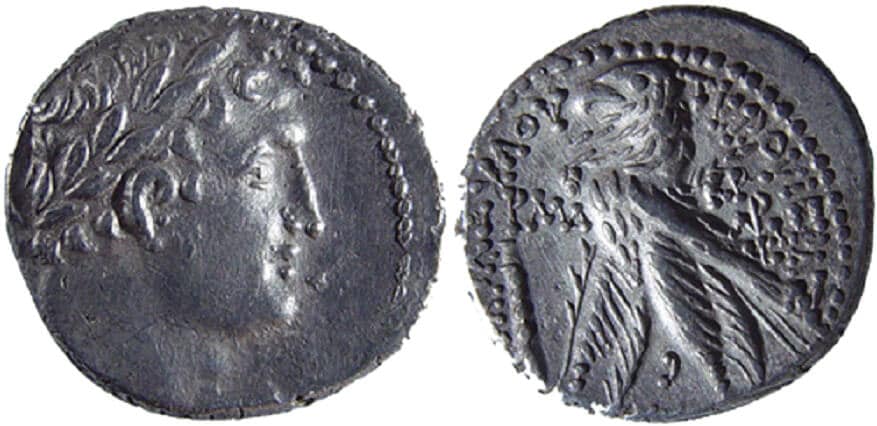
A Tyrian Shekel minted in Year ΡΜΔ (“144” = 18/19 CE). Note the letters “KP” added on the right, above the minter’s monogram.
Josephus (15:354) and Dio Cassius (Roman History 54) indicate that in the year 20 BCE Augustus traveled in the East, and in the different book of Josephus (Wars 1:399) he indicates that at that year August appointed Herod as Procurator of the whole of Syria. 20 BCE is also the year Herod began rebuilding the Jewish Temple in Jerusalem to a colossal scale. Perhaps the letters relate to Herod’s control on the mint of Tyre? Perhaps it relates to the funds for rebuilding the Temple in Jerusalem.
An even better proposal could be made to link the addition of the letters on the same year Herod completed the rebuilding of the temple building, late 18 BCE (Ant. 15:390, 421). The letters might be initials for ΚΡΆΤΟΣ (“strengh” or “might” in ancient Greek).
Bibliography
Notis, Shugar, Ariel and Herman. 2007. Chemical Composition of the Isfiya and Qumran Coin Hoards. In Glascock, Speakman and Popelka-Filcoff eds. Archaeological Chemistry: Analytical Techniques and Archaeological Interpretation. Washington, DC. Pp. 258–274. (see online copy here).
Contact us to inquire more about Coins and biblical Antiquities.
Keep Exploring
-

Why Did the Priests in Jerusalem Favor the Tyrian Shekel? The Metallurgical Testimony

